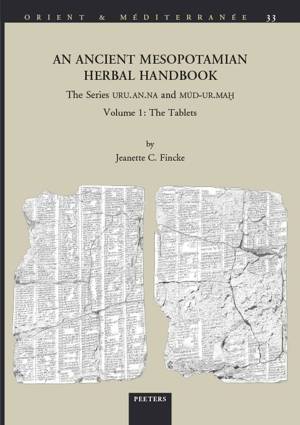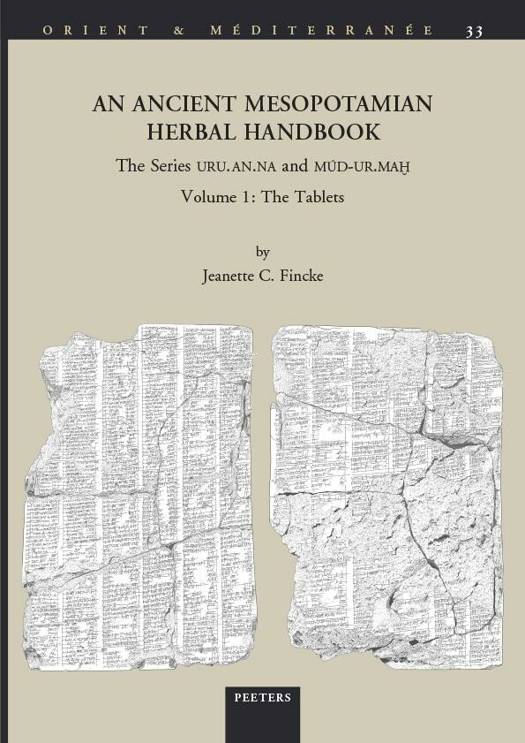
Je cadeautjes zeker op tijd in huis hebben voor de feestdagen? Kom langs in onze winkels en vind het perfecte geschenk!
- Afhalen na 1 uur in een winkel met voorraad
- Gratis thuislevering in België vanaf € 30
- Ruim aanbod met 7 miljoen producten
Je cadeautjes zeker op tijd in huis hebben voor de feestdagen? Kom langs in onze winkels en vind het perfecte geschenk!
- Afhalen na 1 uur in een winkel met voorraad
- Gratis thuislevering in België vanaf € 30
- Ruim aanbod met 7 miljoen producten
Zoeken
An N Ancient Mesopotamian Herbal Handbook
The Series Uru.An.Na and Mud-Ur.Mah. Volume 1: The Tablets
J C Fincke
€ 166,45
+ 332 punten
Omschrijving
The related series uru.an.na = mas / ltakkal, "uru.an.na means the mas/ltakkal plant", and mud-ur.mah = me sa libbi bini, "lion's blood means the liquid from the heart of the tamarisk", both give synonyms and equivalent foreign names for plants, herbs and wood, as well as for other ingredients ancient medical practitioners used to effect cures. This first volume, about both series, focuses on the cuneiform tablets on which the texts were written, from the British Museum, London, the Vorderasiatisches Museum, Berlin, and the Oriental Institute, Chicago. New hand copies and sketches show the physical and non-physical joins. Viewing the tablets as archaeological objects, the author provides numerous observations about format, shape, colour, 'firing holes', worm holes and trace fossils. The ways scribes marked out their tablets with horizontal lines (sometimes doubled) to separate entries or paragraphs or provide ruled tablets are described; vertical rulings defined the left edge and column divisions (sometimes replaced by a glossenkeil). Areas reserved for writing, layout, slanted lines of writing, alignment and indentation of paragraphs, line spacing and ductus (especially changes from middle to neo-assyrian) are carefully examined. The last chapter concentrates on scribal corrections and various correction marks, line markers and supplementary glosses. Such features illuminate the personal preferences and professional experience of the frequently anonymous scribes behind the tablets.
Specificaties
Betrokkenen
- Auteur(s):
- Uitgeverij:
Inhoud
- Aantal bladzijden:
- 295
- Taal:
- Engels
- Reeks:
- Reeksnummer:
- nr. 33
Eigenschappen
- Productcode (EAN):
- 9789042944718
- Verschijningsdatum:
- 18/03/2021
- Uitvoering:
- Paperback
- Formaat:
- Trade paperback (VS)
- Afmetingen:
- 208 mm x 295 mm
- Gewicht:
- 839 g

Alleen bij Standaard Boekhandel
+ 332 punten op je klantenkaart van Standaard Boekhandel
Beoordelingen
We publiceren alleen reviews die voldoen aan de voorwaarden voor reviews. Bekijk onze voorwaarden voor reviews.









